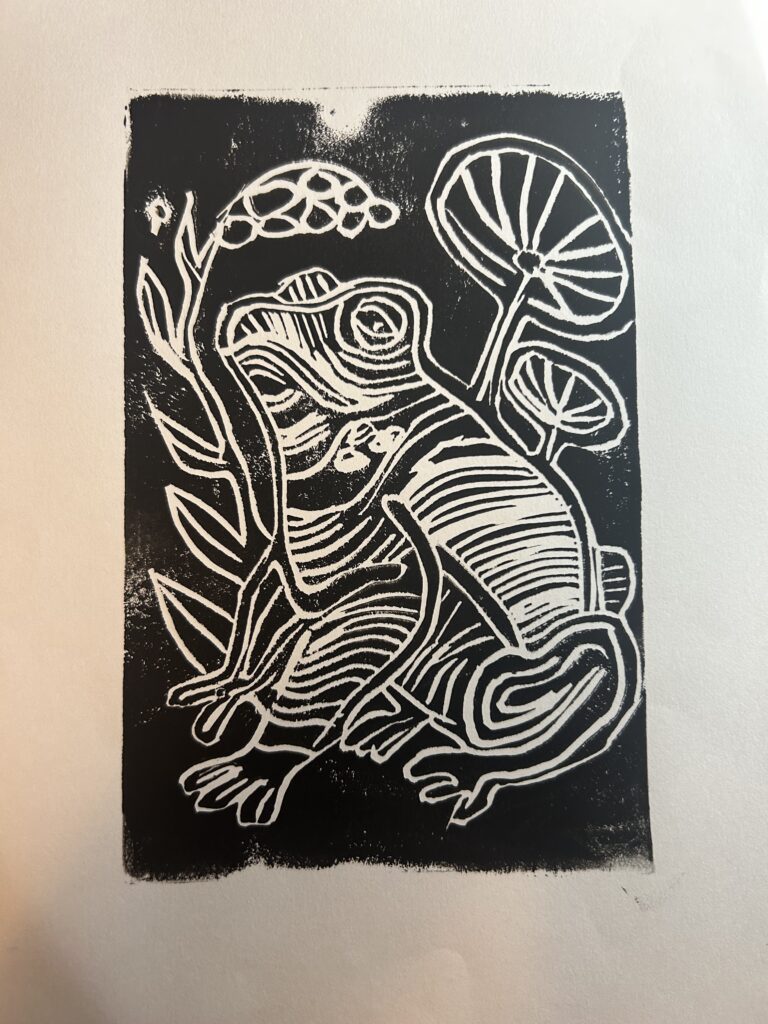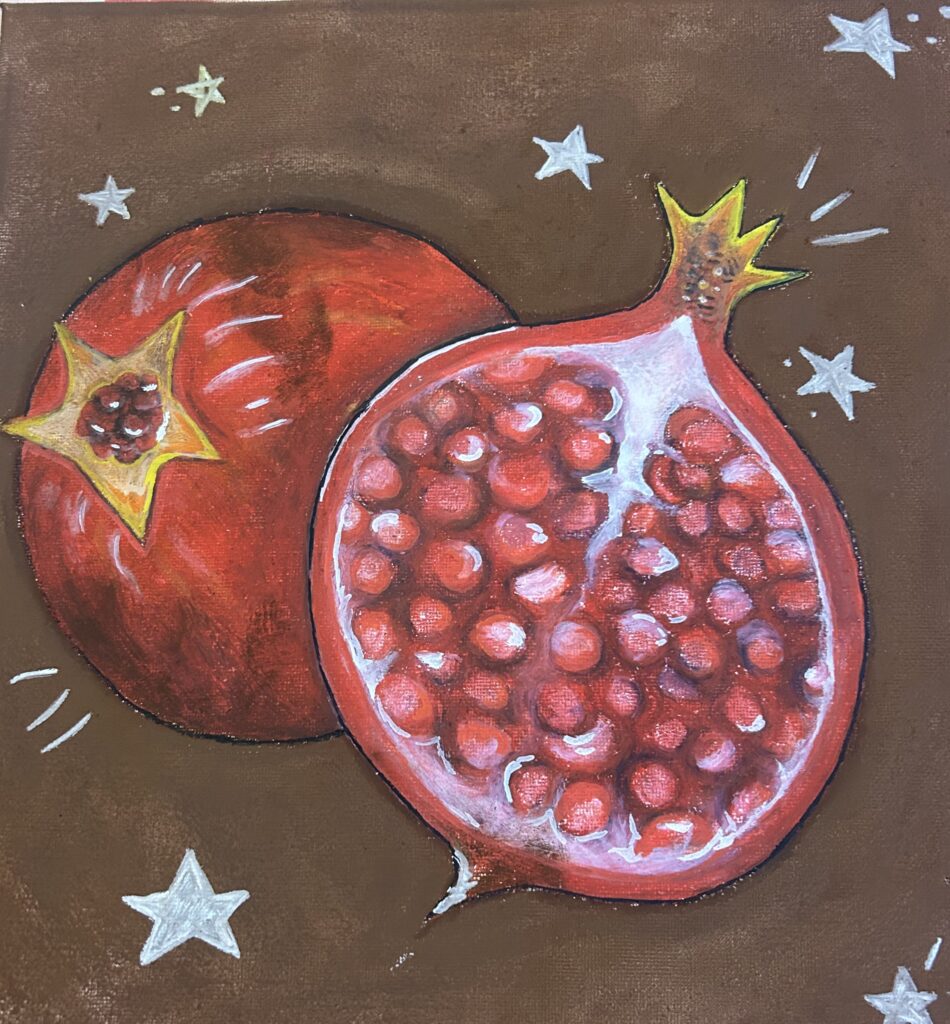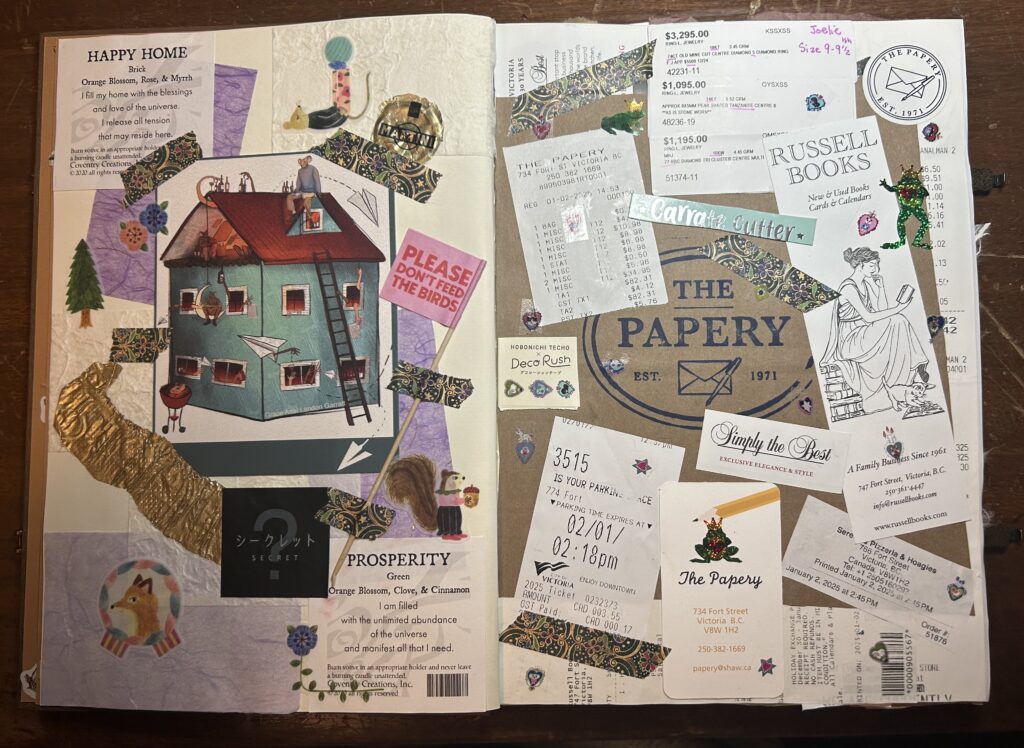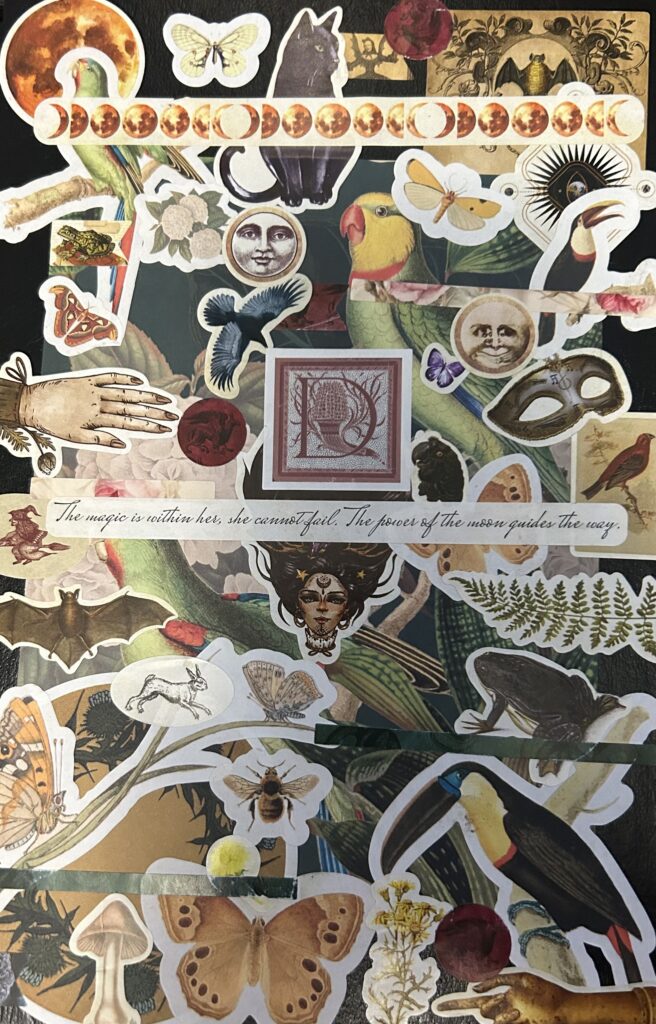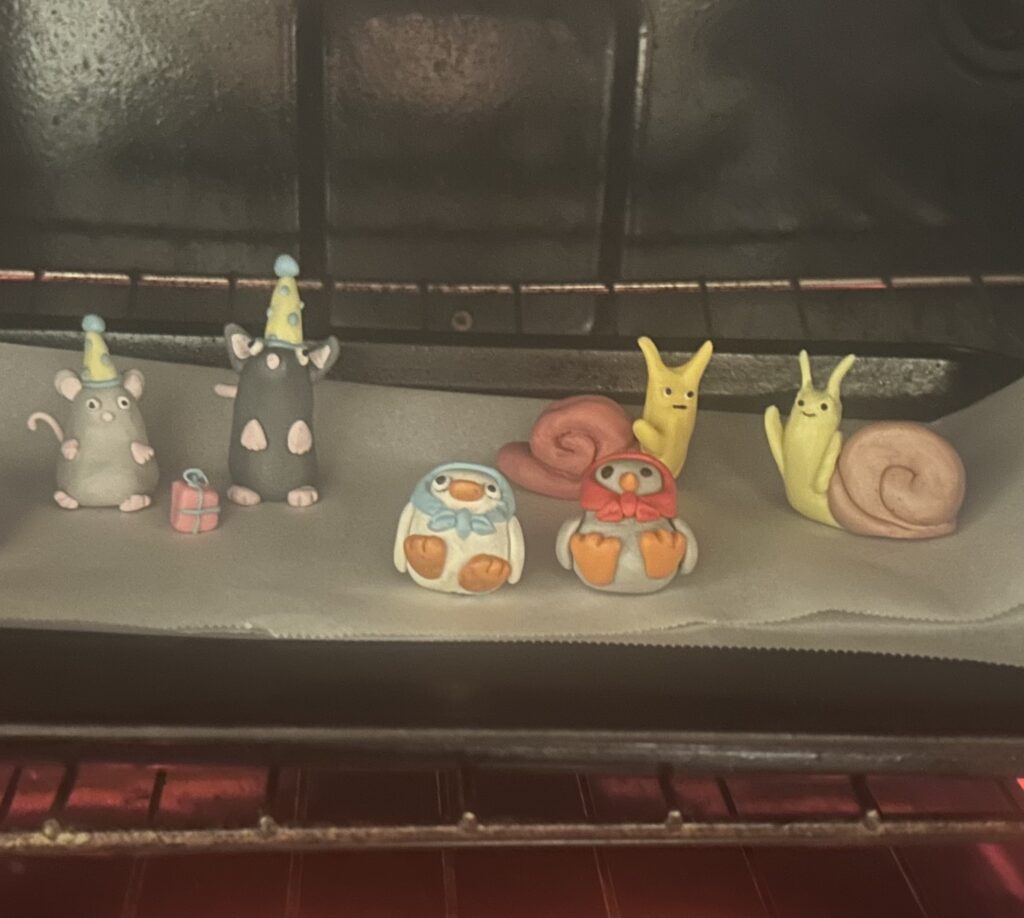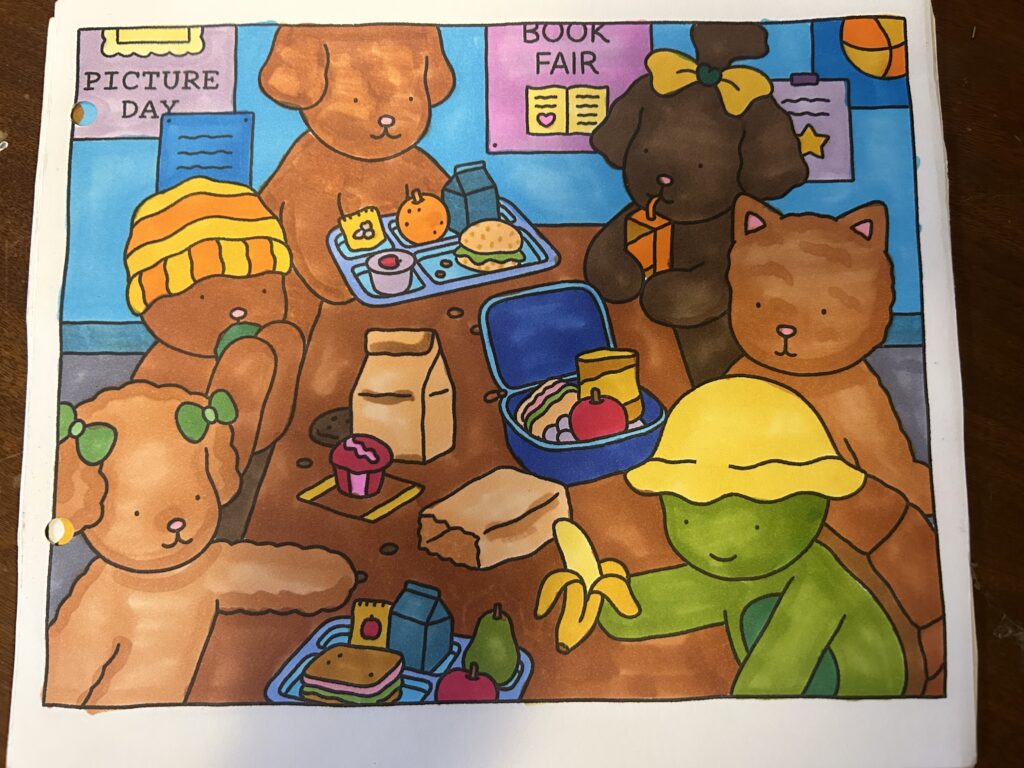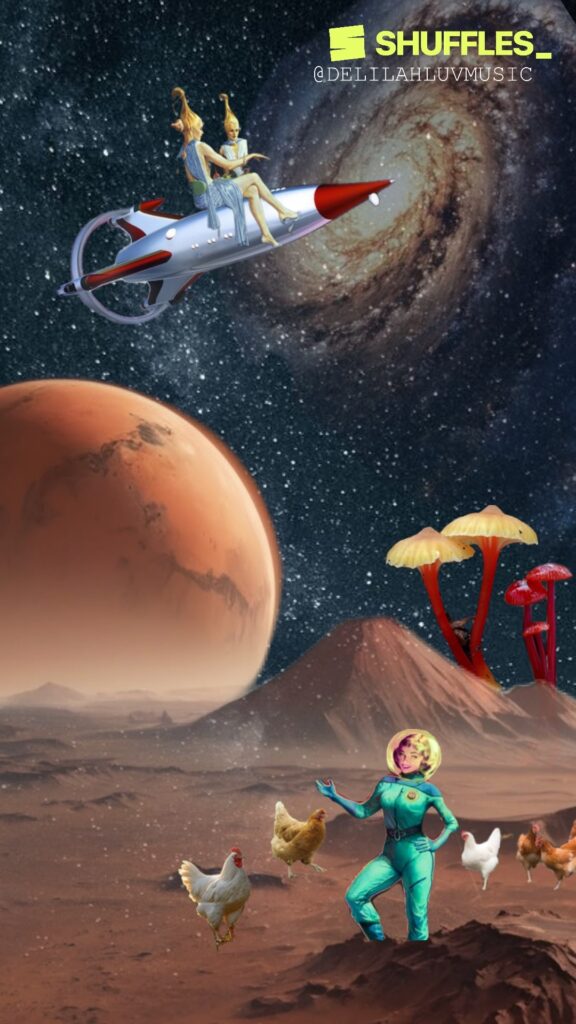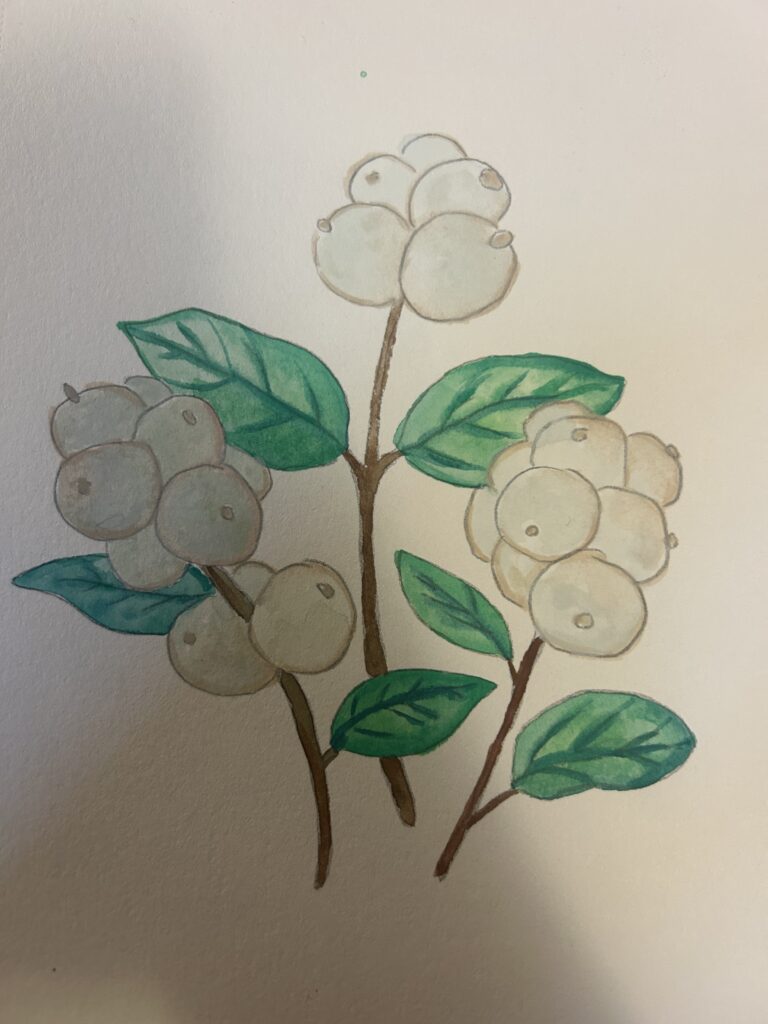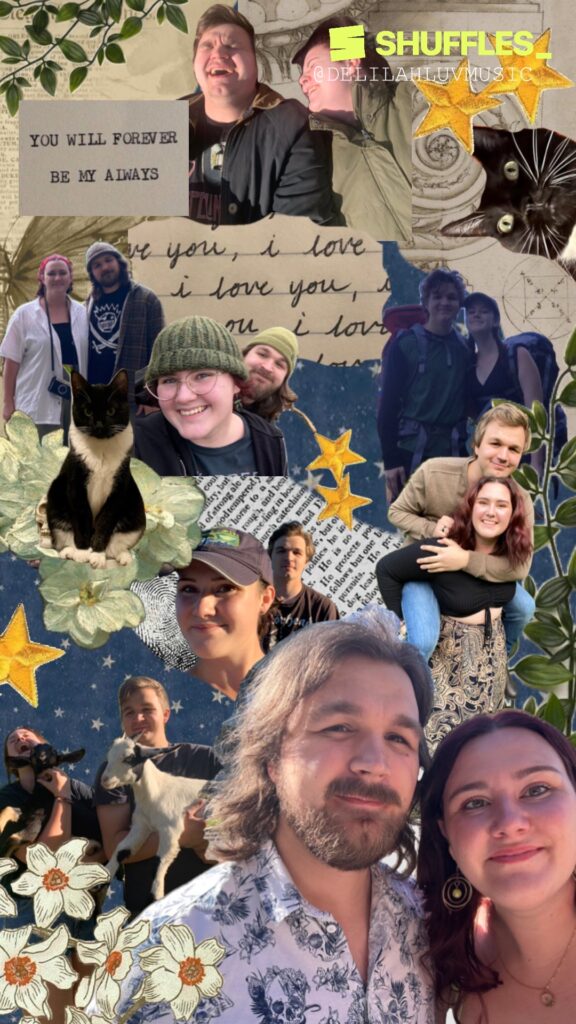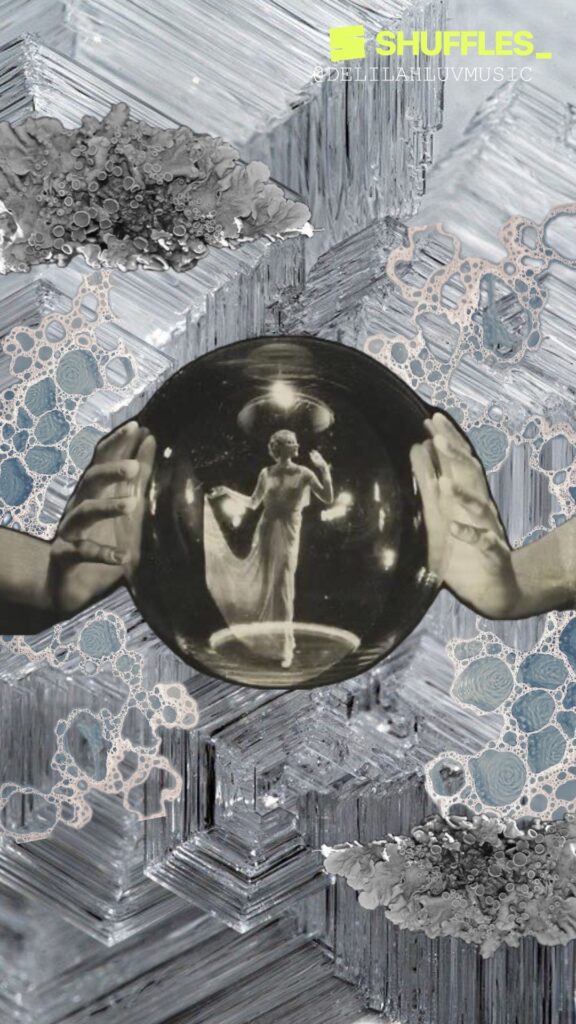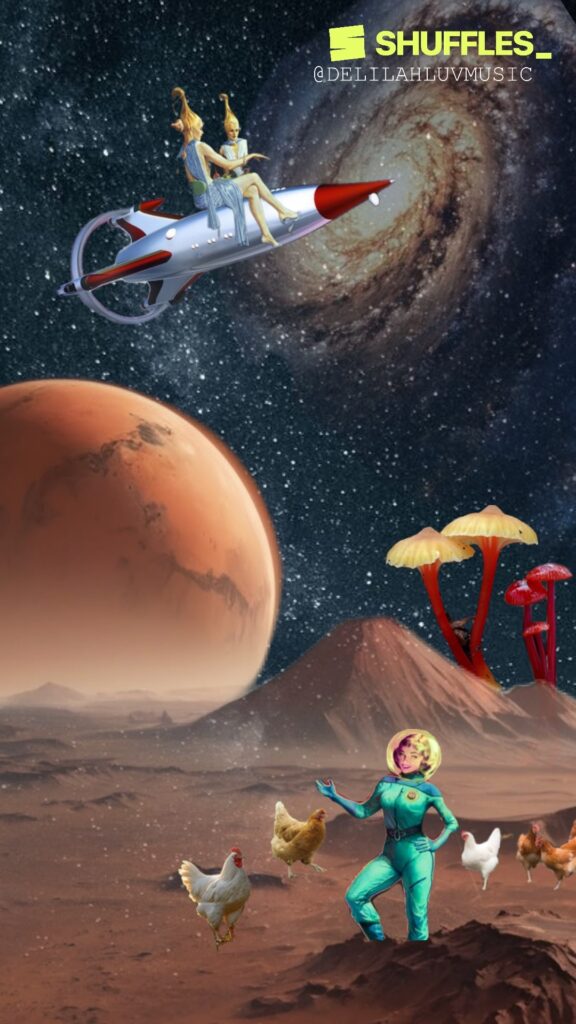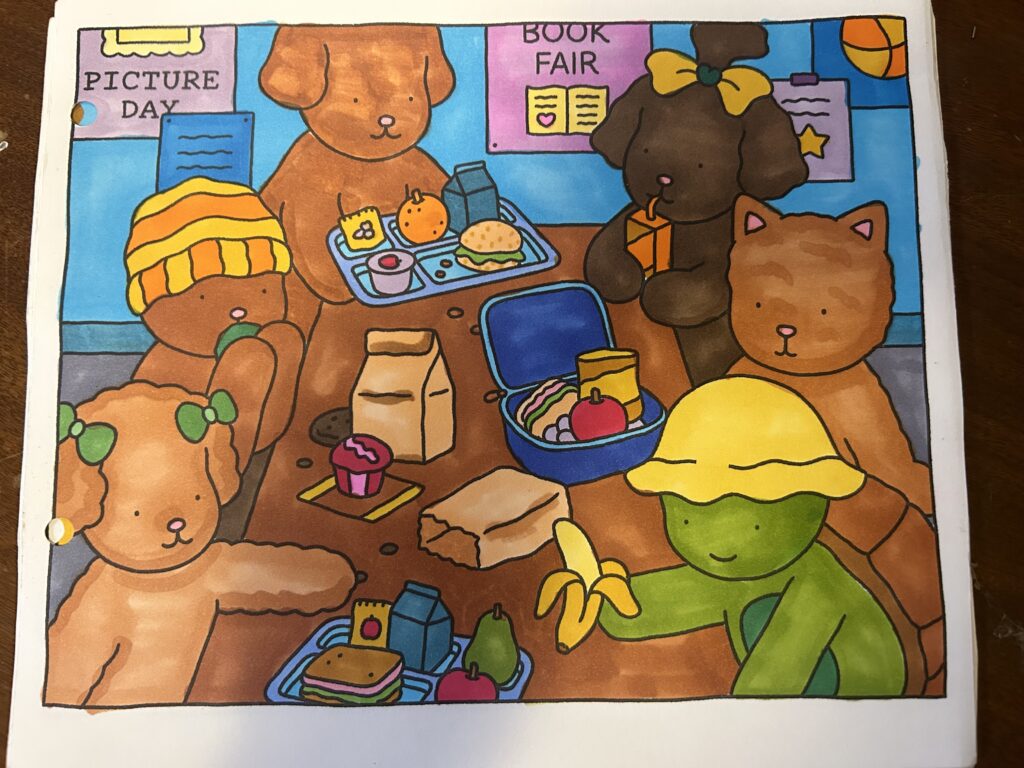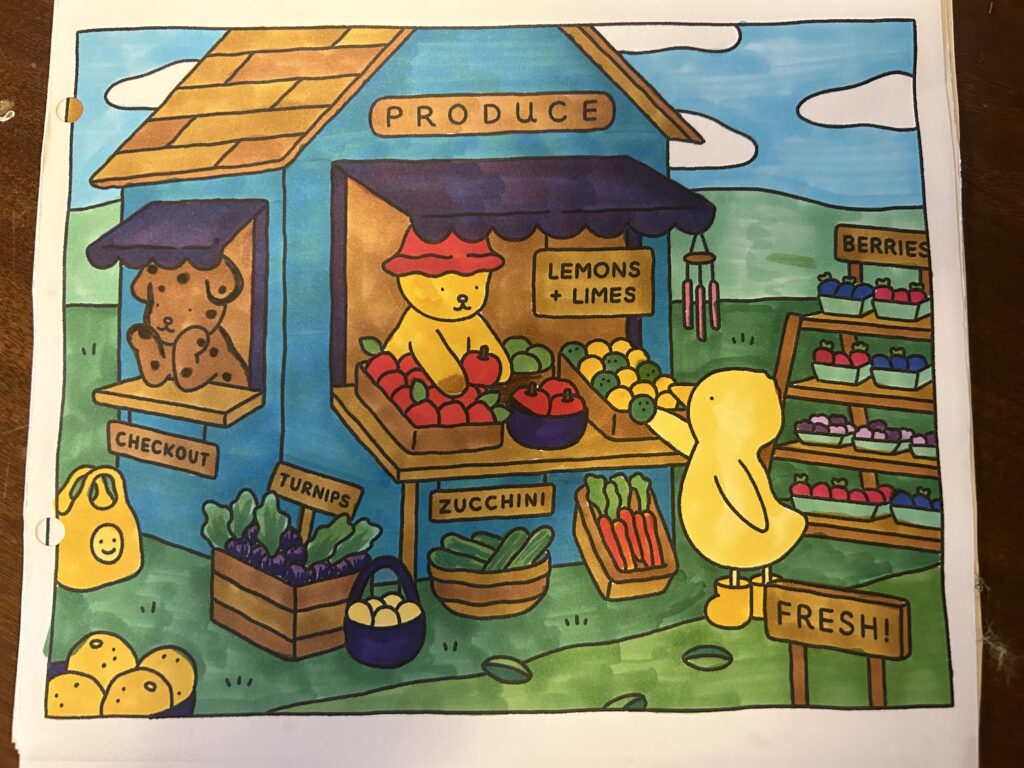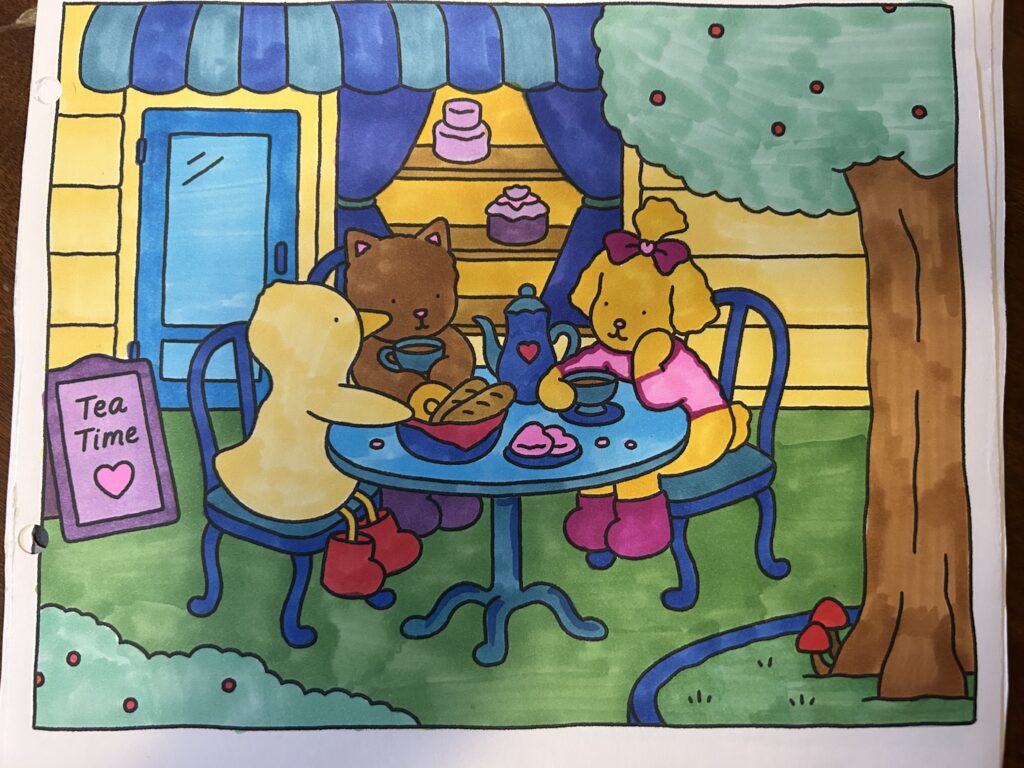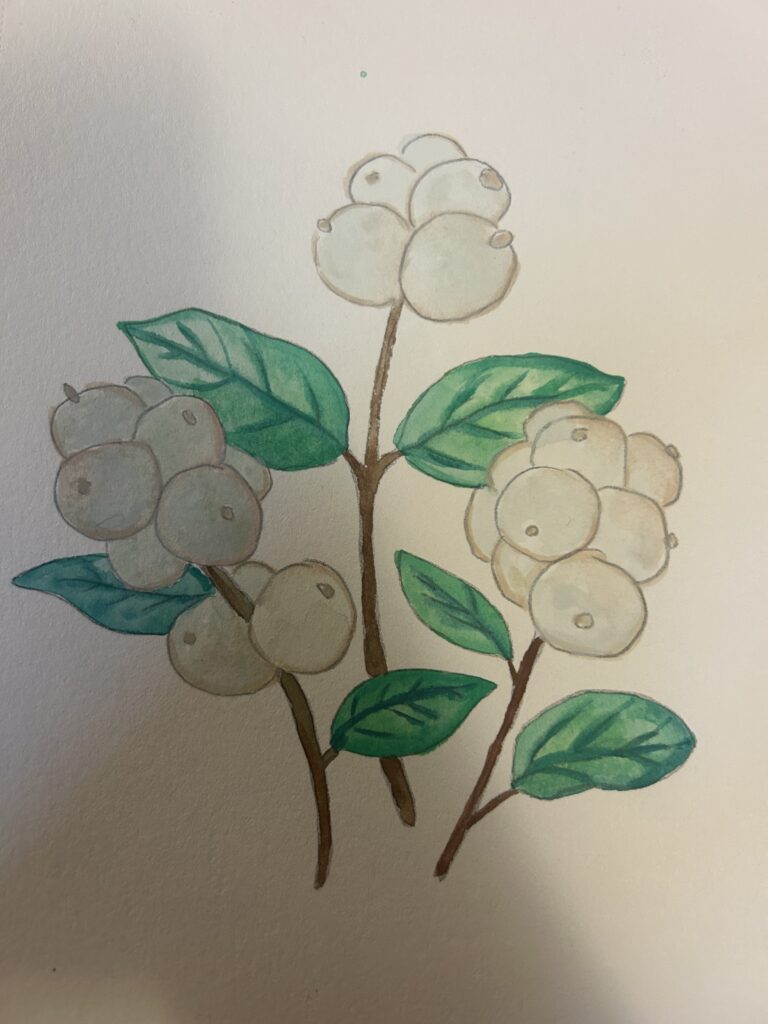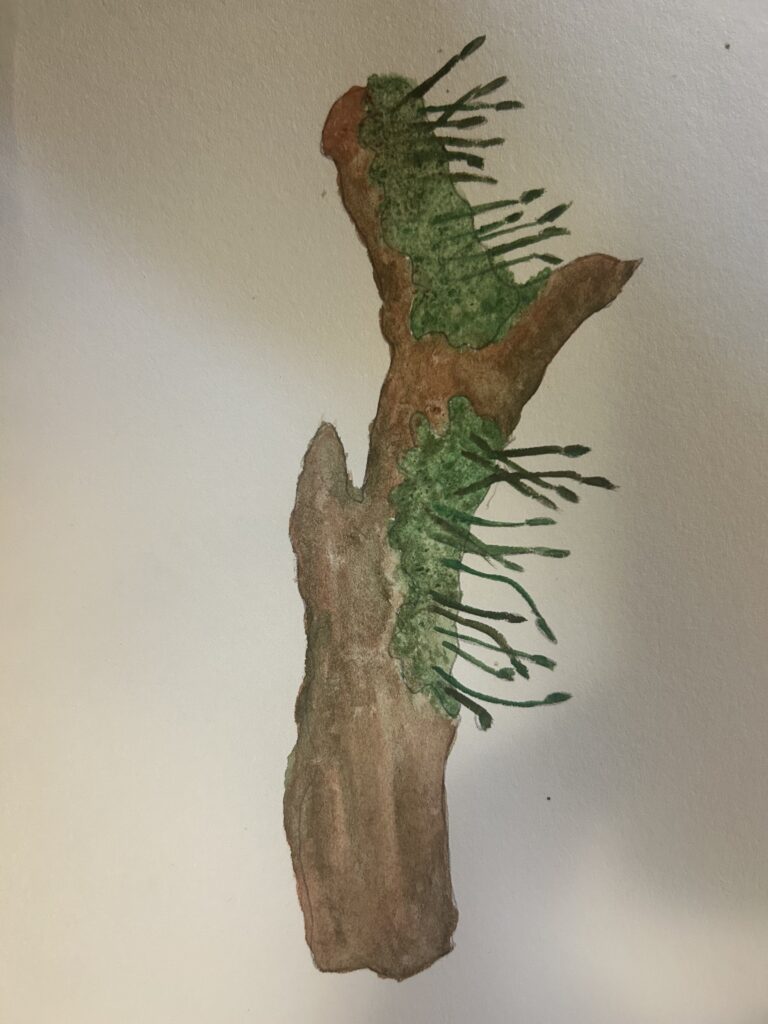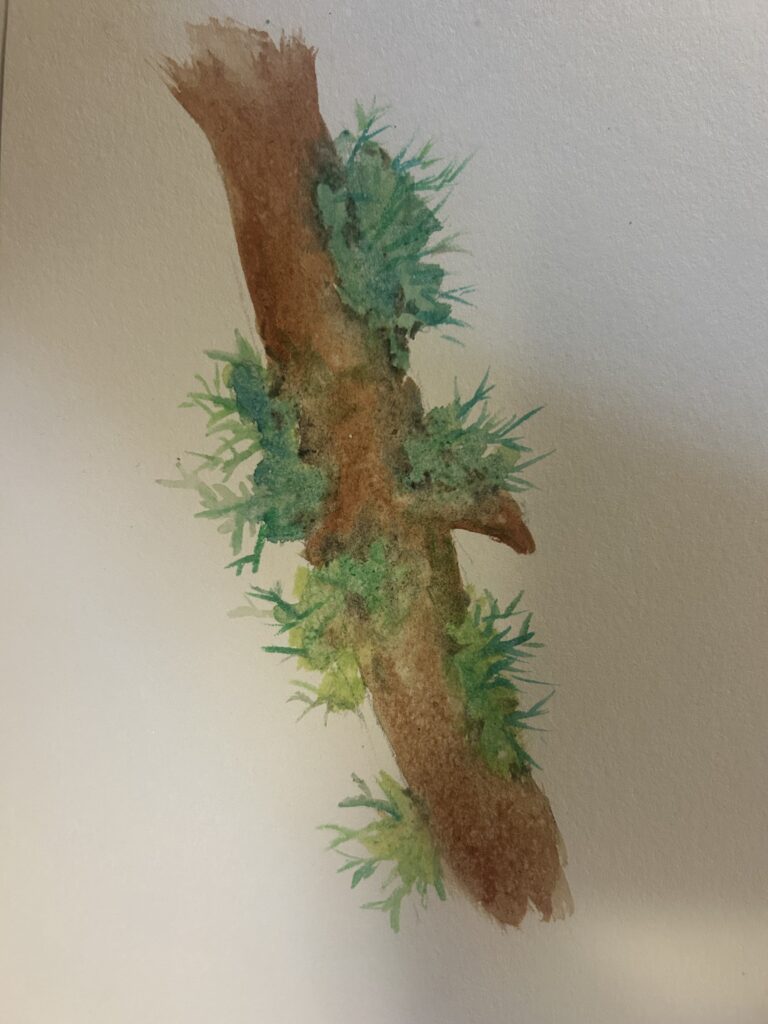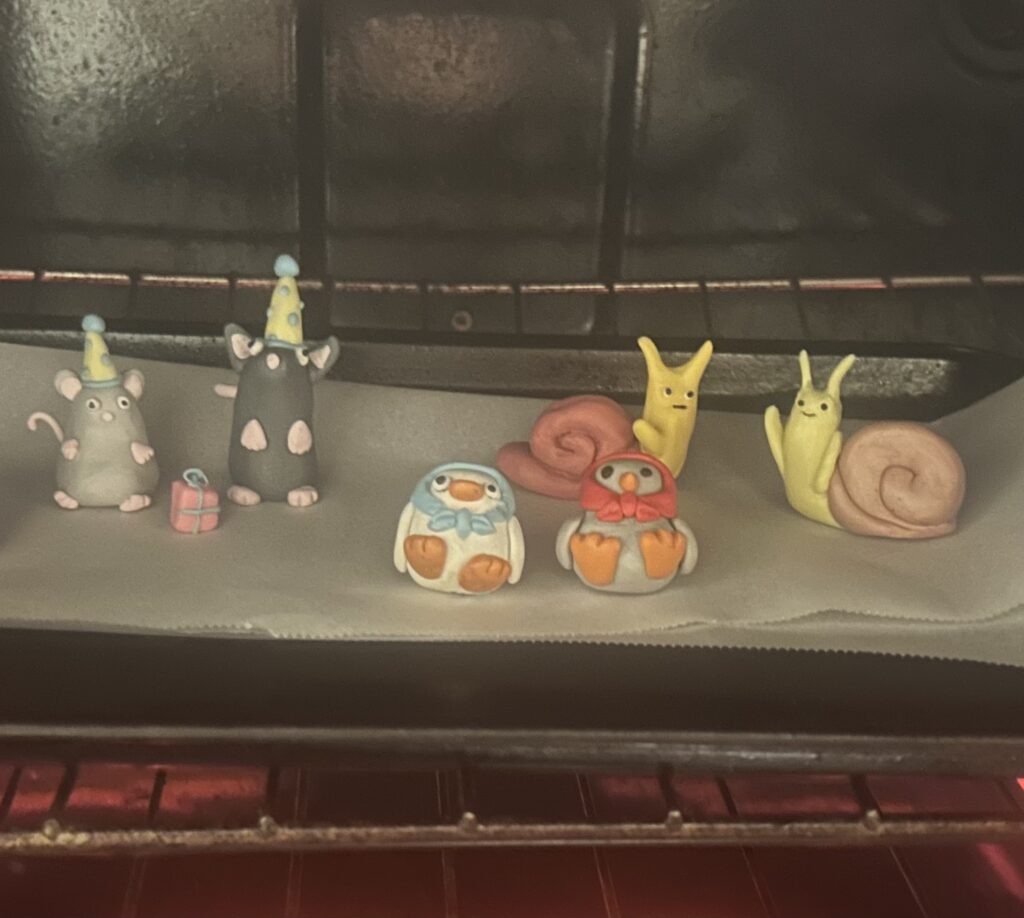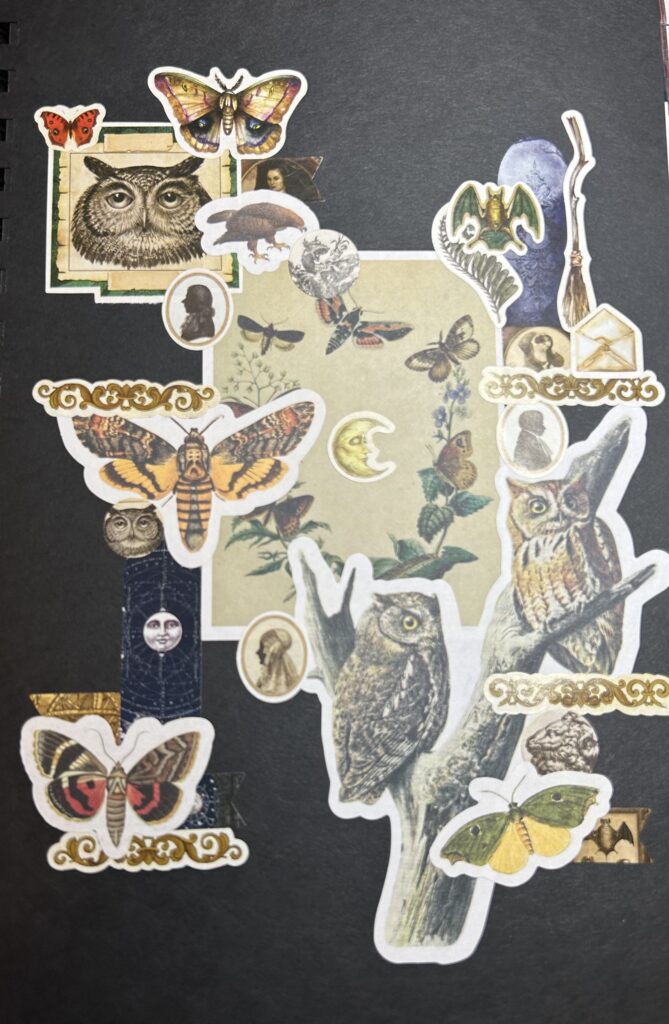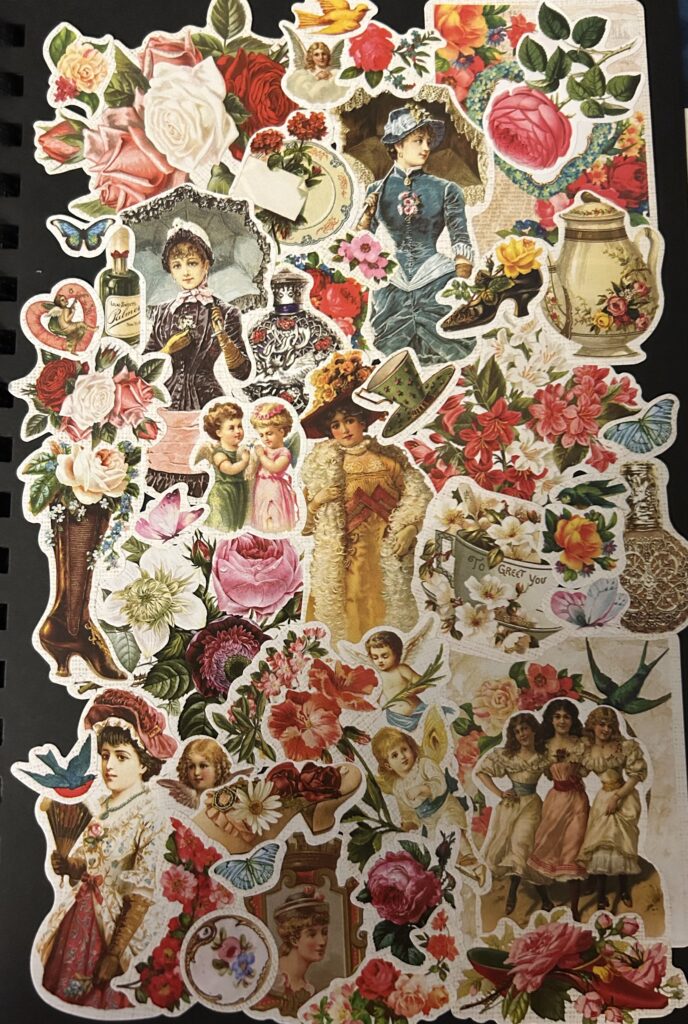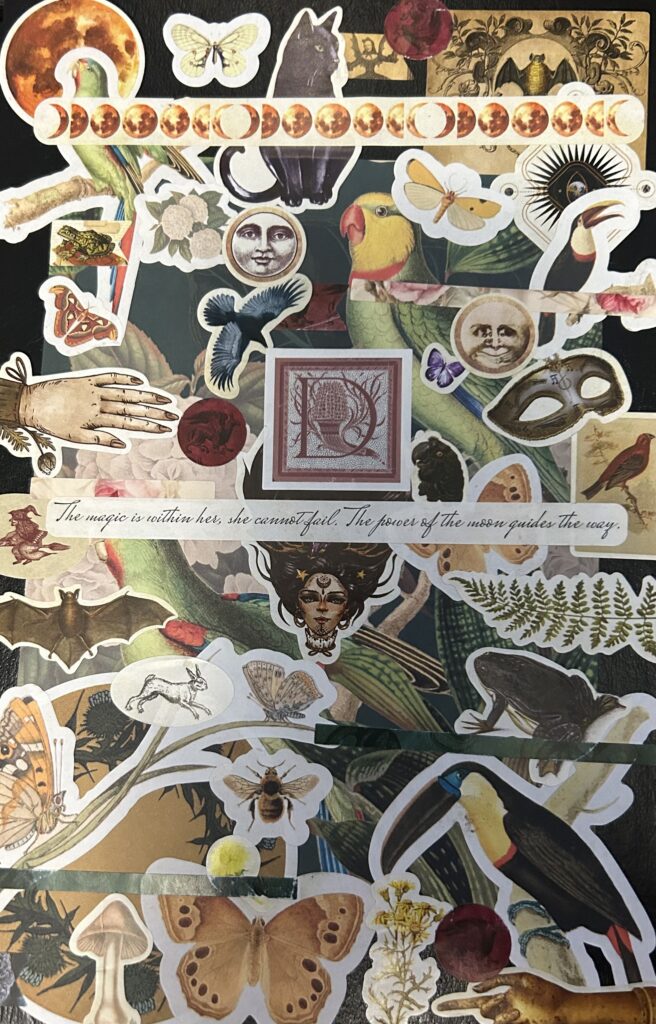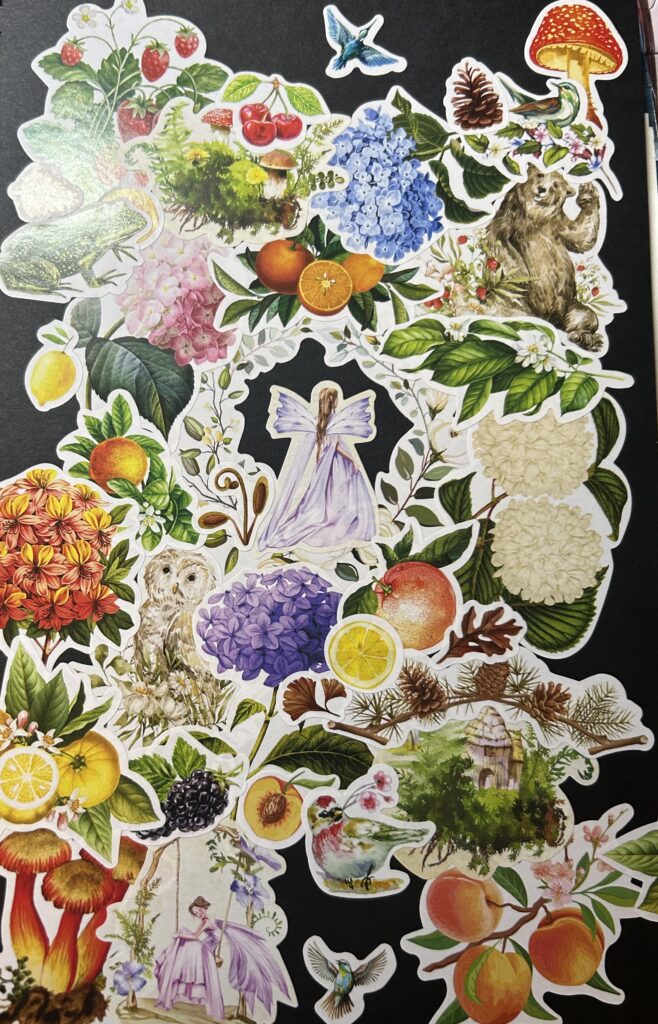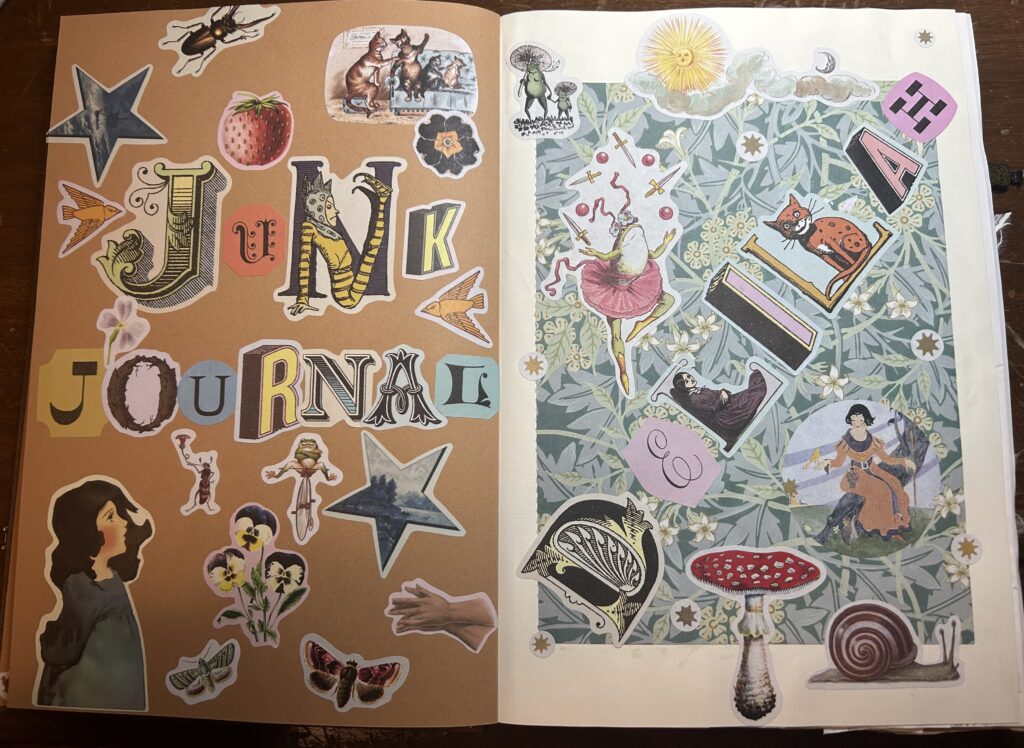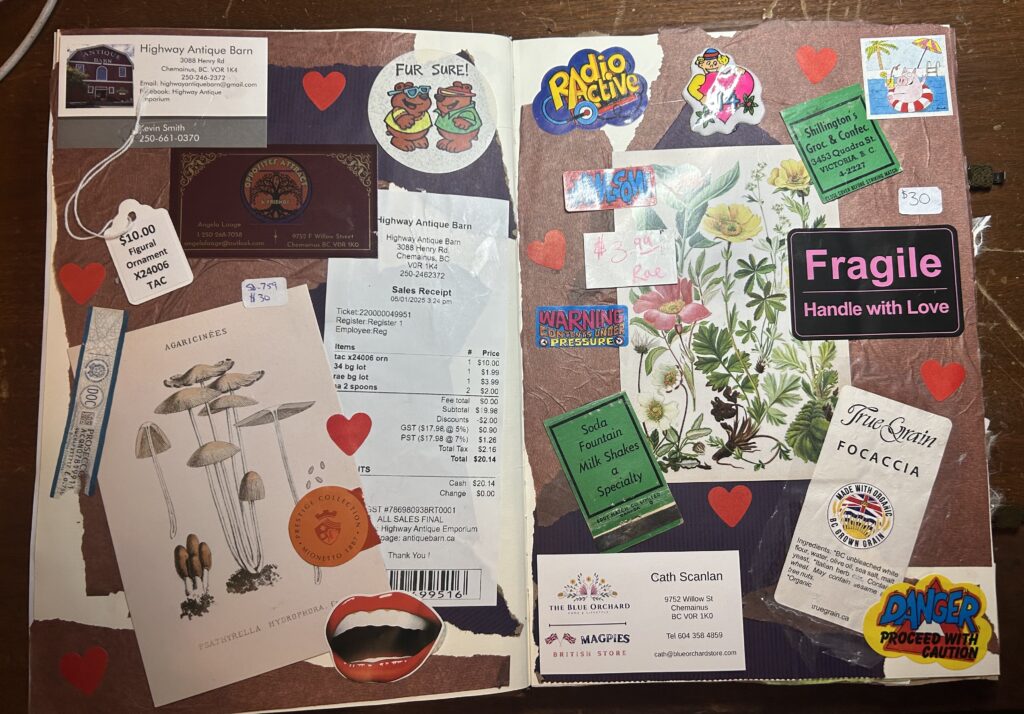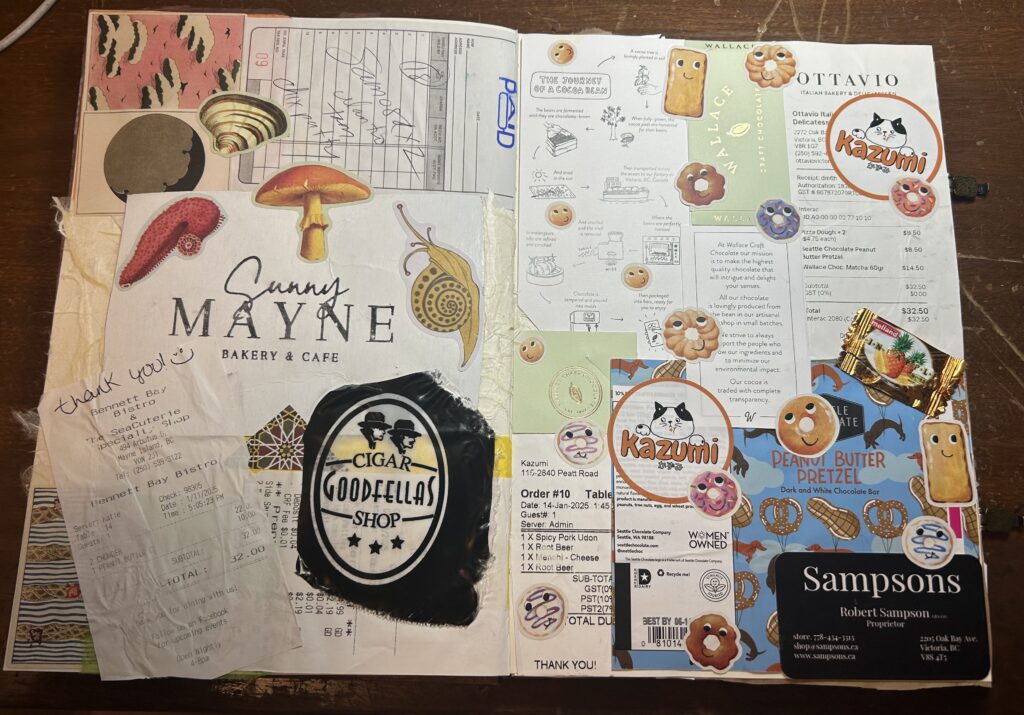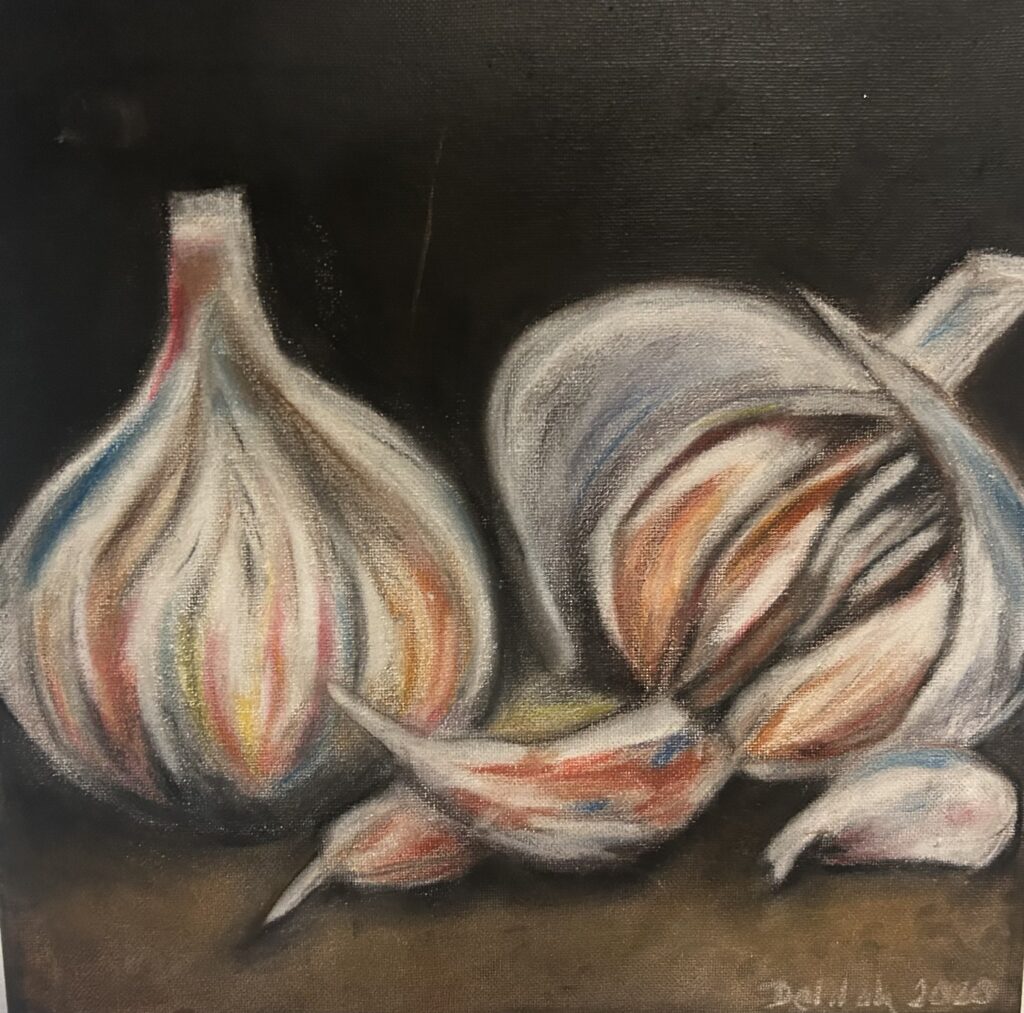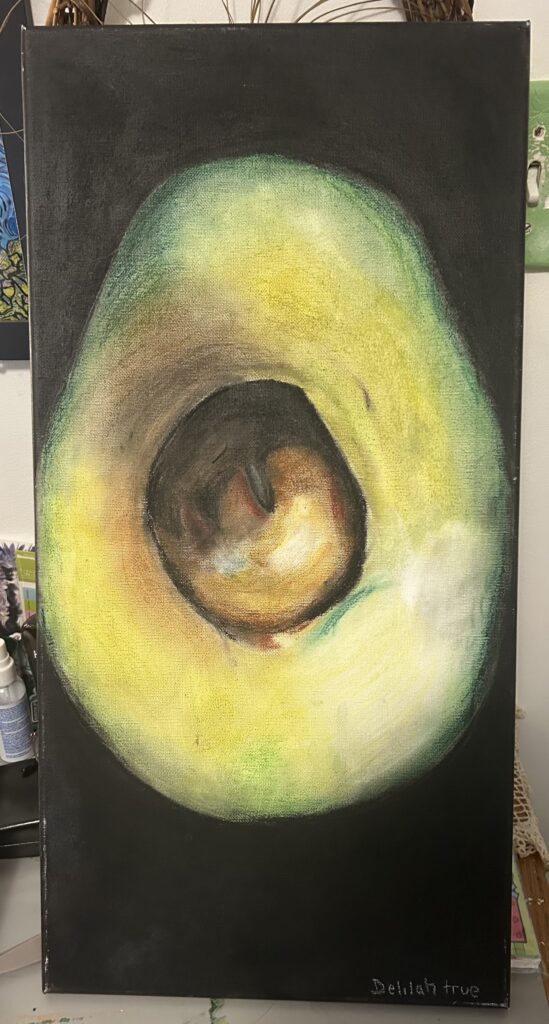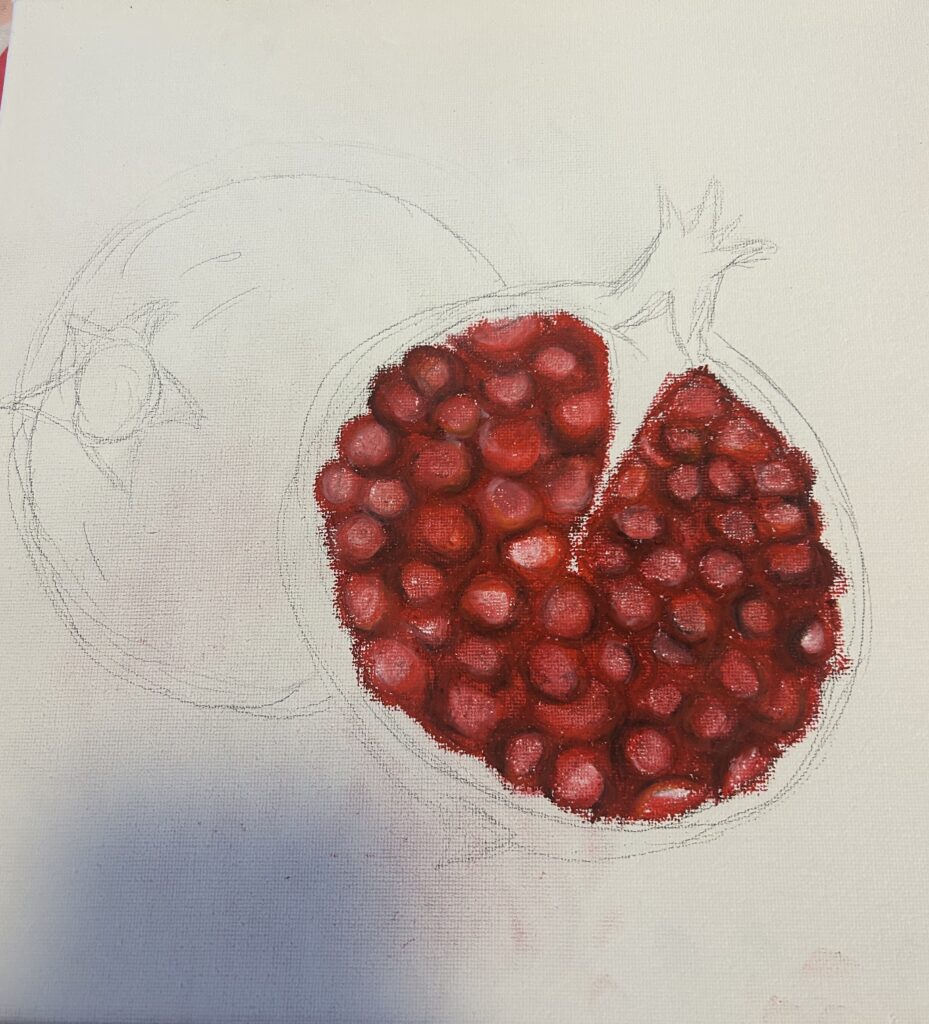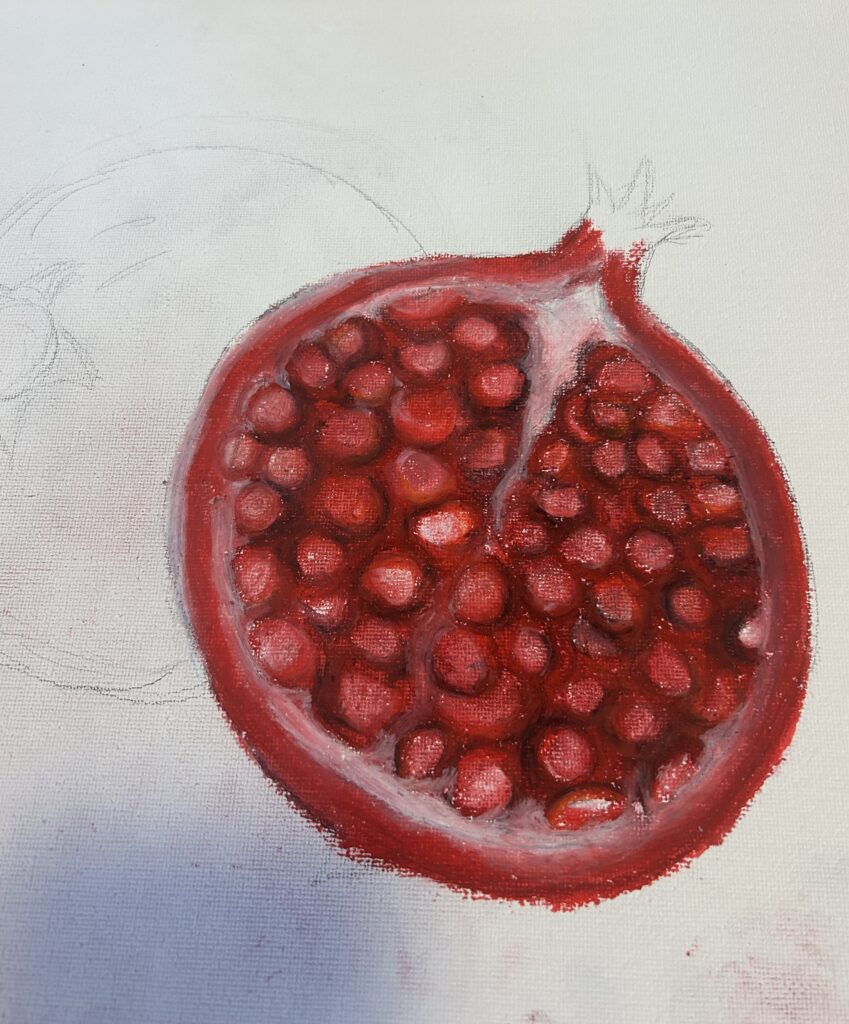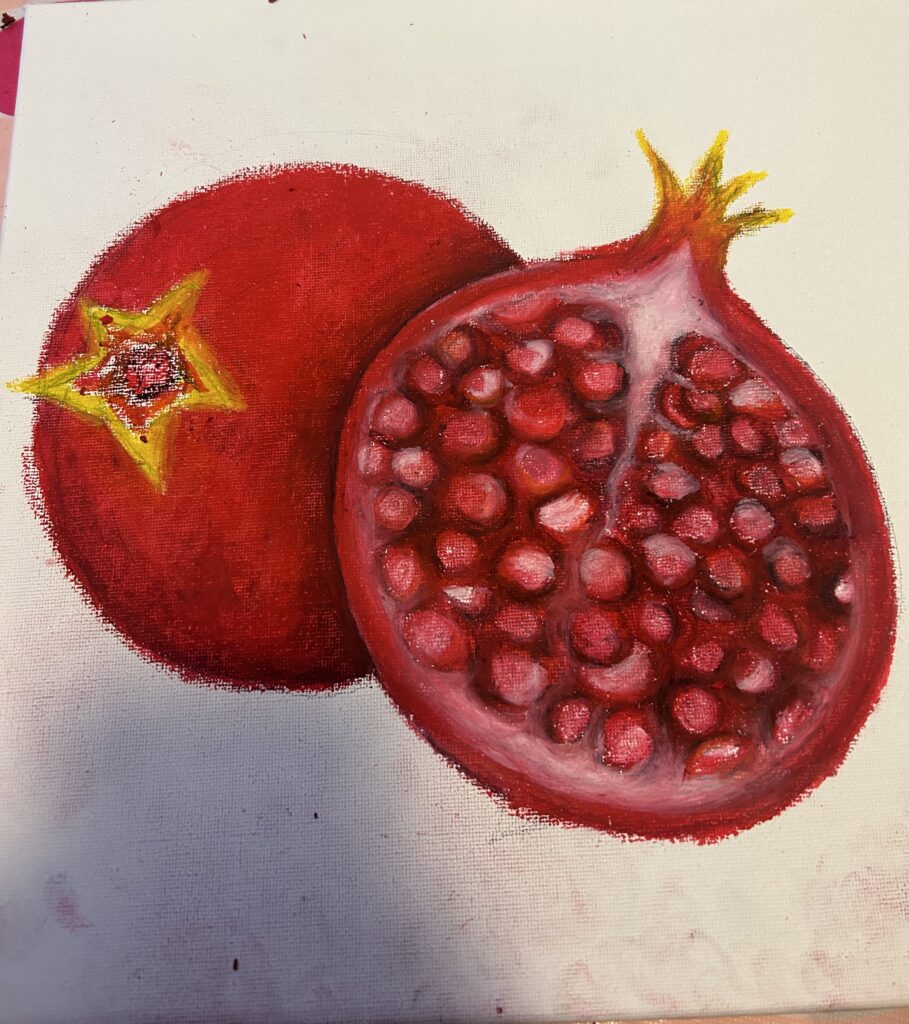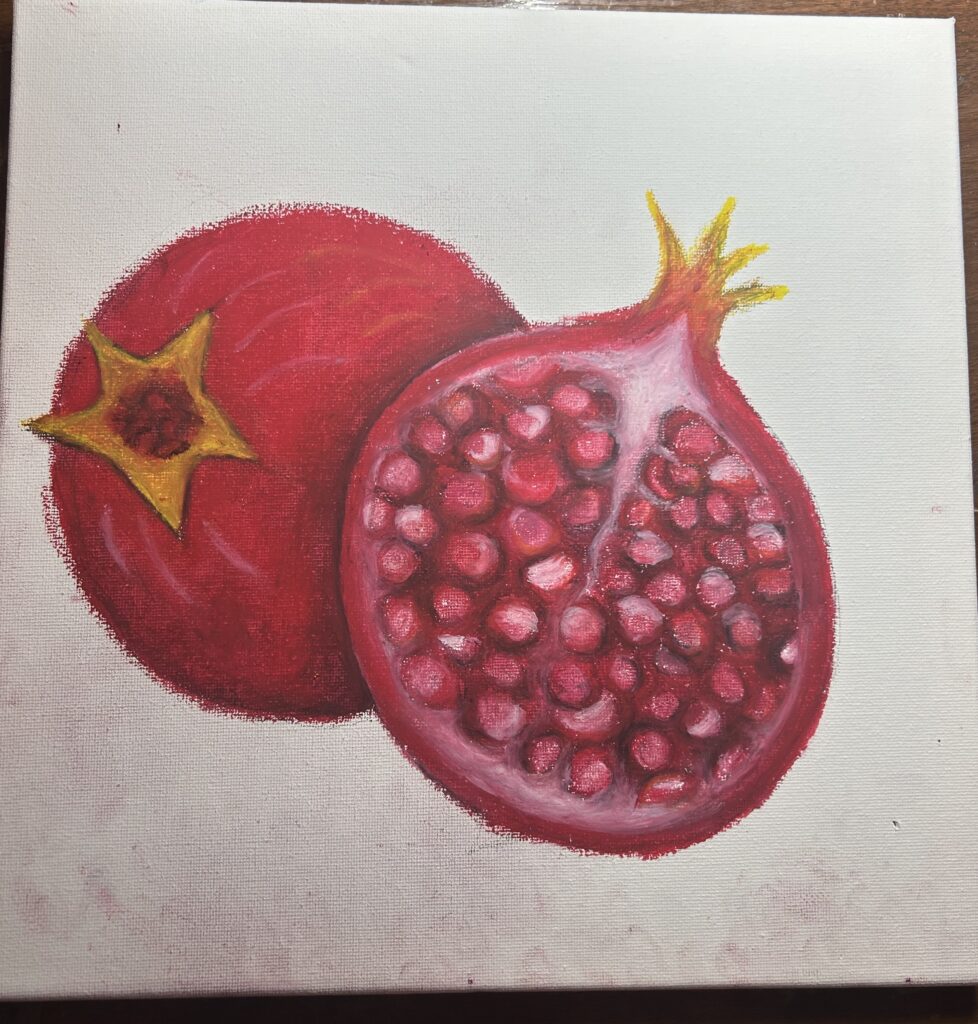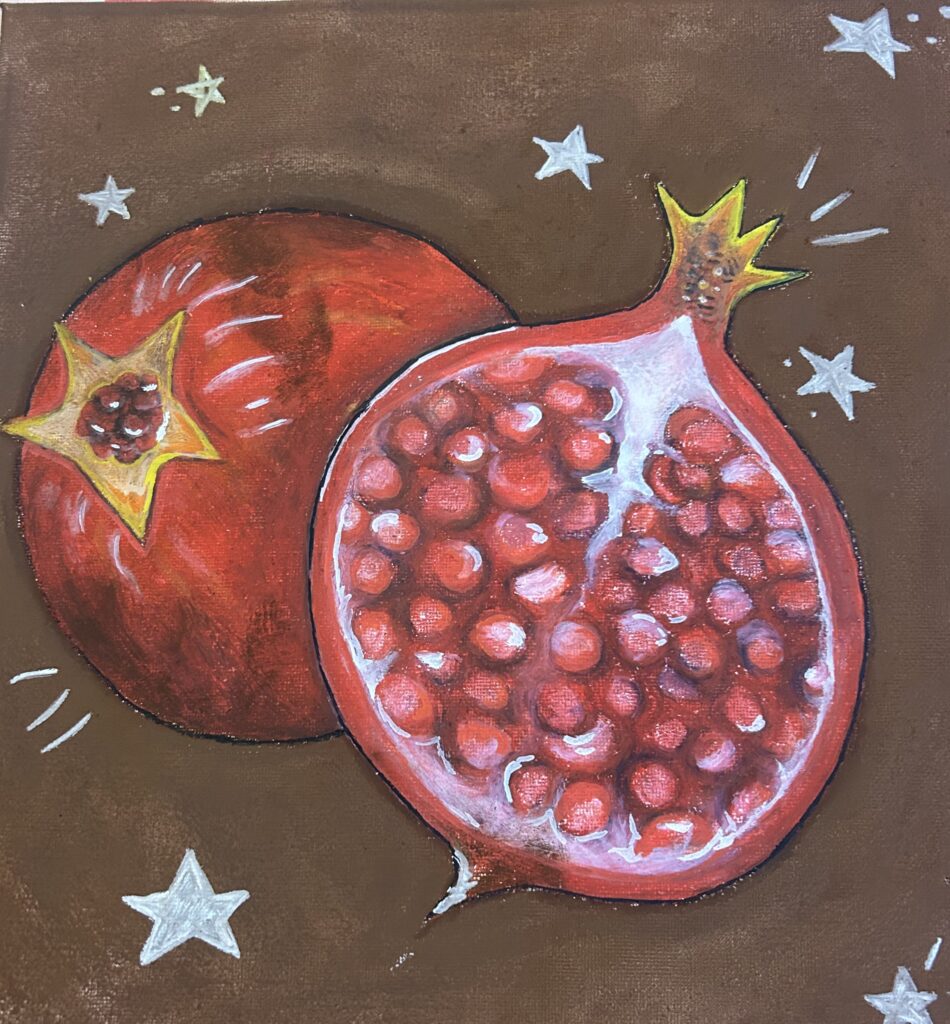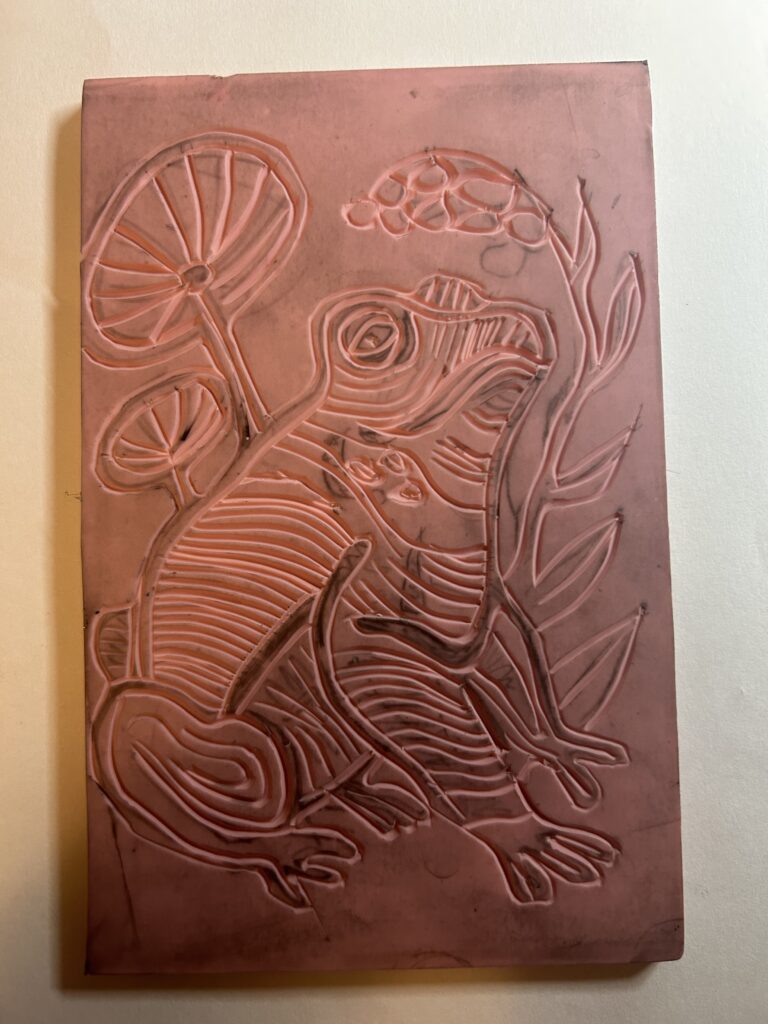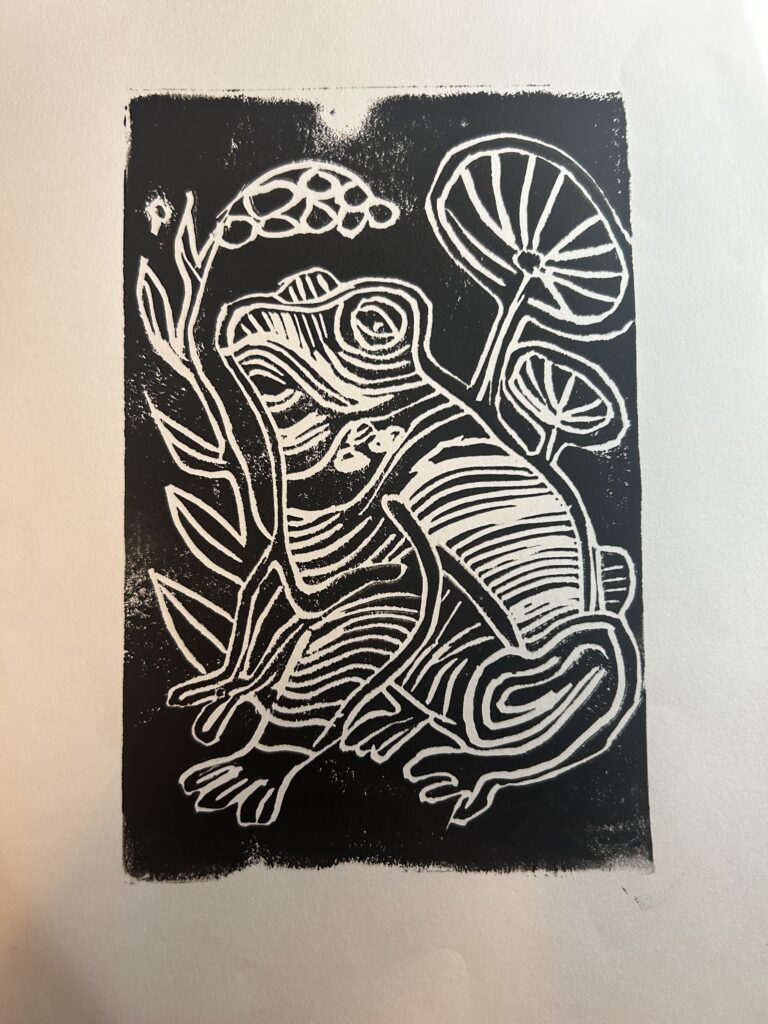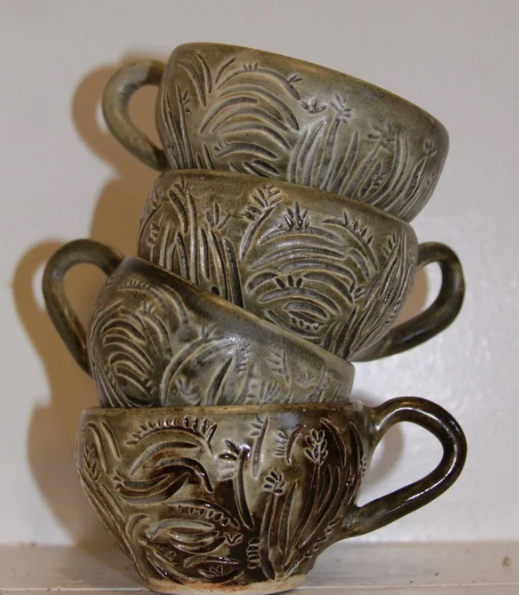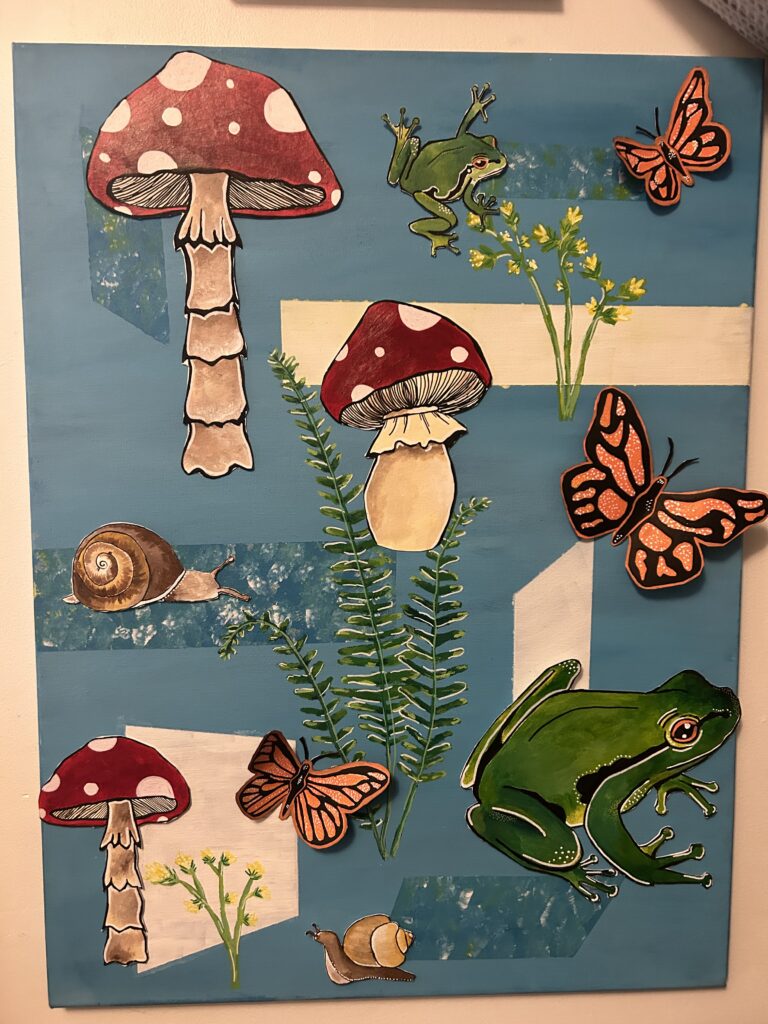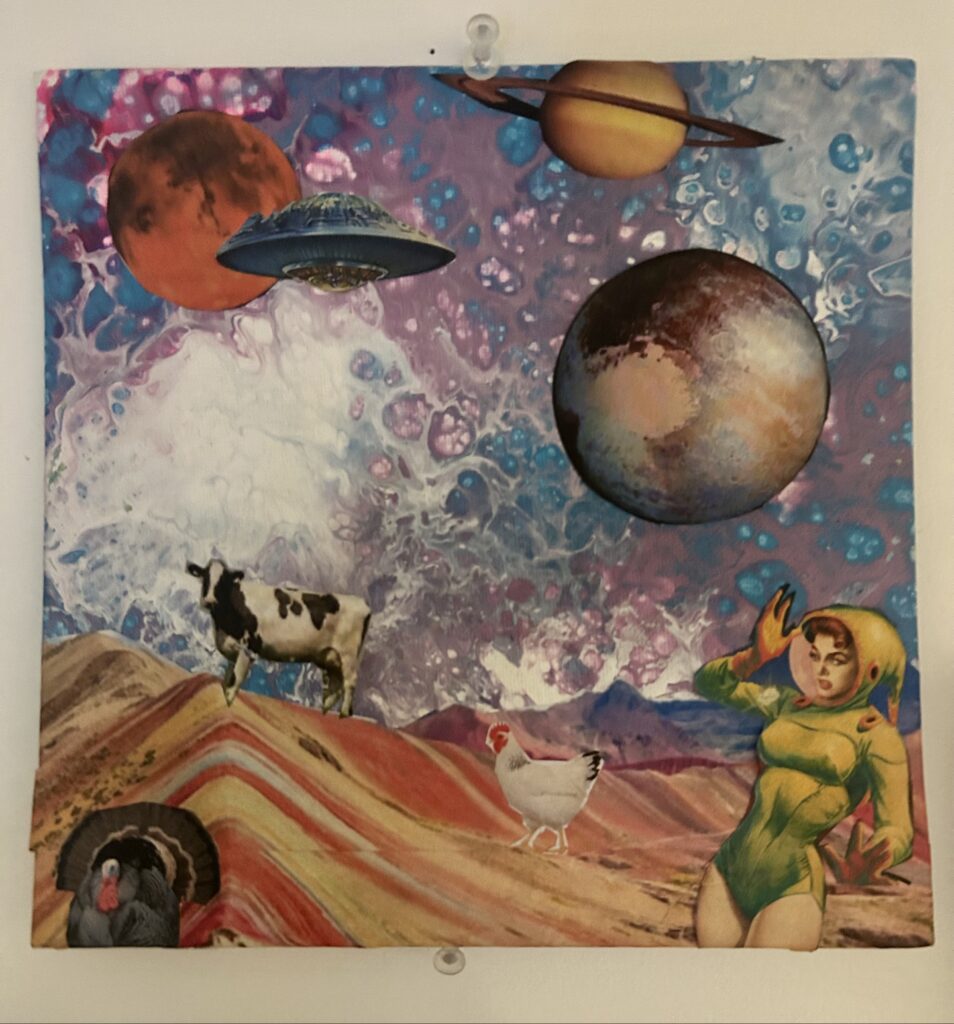Over the semester, I embarked on a journey to spend more time creating art. Art has always been an important part of my life, as I come from a very artistic family where creativity was always encouraged. Growing up, we often made art together, and even today, it remains a meaningful way for us to connect. This personal connection to art has always been a source of joy, but during this semester, I wanted to be more intentional about dedicating time to my creative practice.
I found that setting aside time for art projects provided a much-needed break from schoolwork, allowing me to create a better balance between academics and personal well-being. Engaging in creative expression helped me decompress and reset, making my overall school experience more enjoyable and manageable. It reminded me of the importance of nurturing hobbies alongside responsibilities.
Another rewarding aspect of this process was finally putting my extensive collection of art supplies to use. Over the years, I have accumulated a variety of materials, from paints and pastels to markers and mixed-media tools. Experimenting with different mediums allowed me to explore new techniques and rediscover my love for hands-on creativity.
Throughout this journey, I also found inspiration from various online platforms. Watching YouTube tutorials, scrolling through Pinterest, and exploring TikTok videos introduced me to new ideas and approaches I might not have considered on my own. These resources not only sparked creativity but also provided guidance on how to bring my ideas to life. Whether it was learning a new painting technique or discovering a fresh way to use collage, these platforms played a key role in shaping my artistic exploration.
Overall, this inquiry into making more time for art reaffirmed how much creativity enriches my life. It has reminded me of the joy of making, the importance of balance, and the endless possibilities that come with exploring new artistic avenues. I plan to continue prioritizing art in my life, not just as a form of self-expression but also as a way to stay grounded and inspired.
Examples of work created during the semester:
